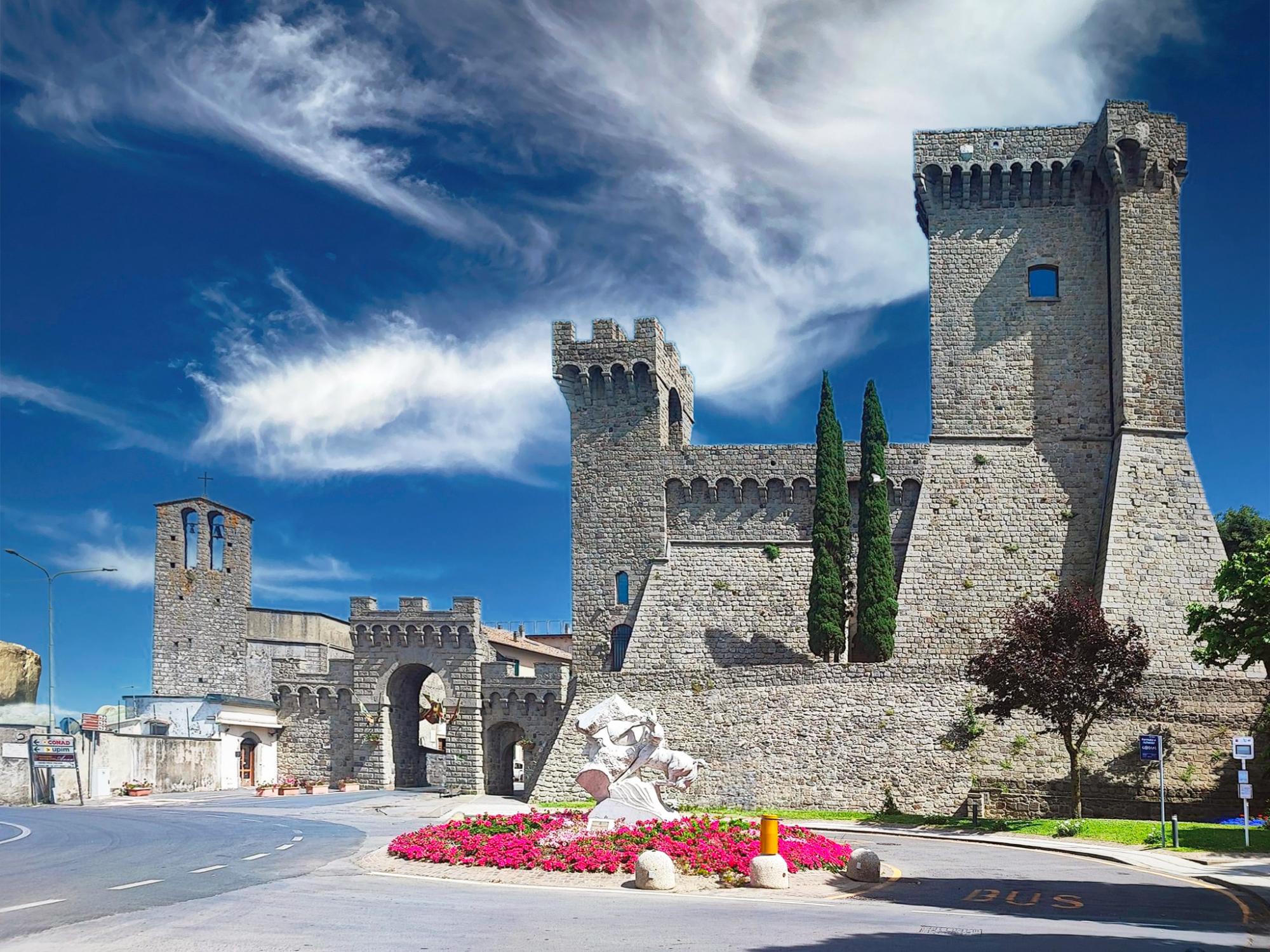

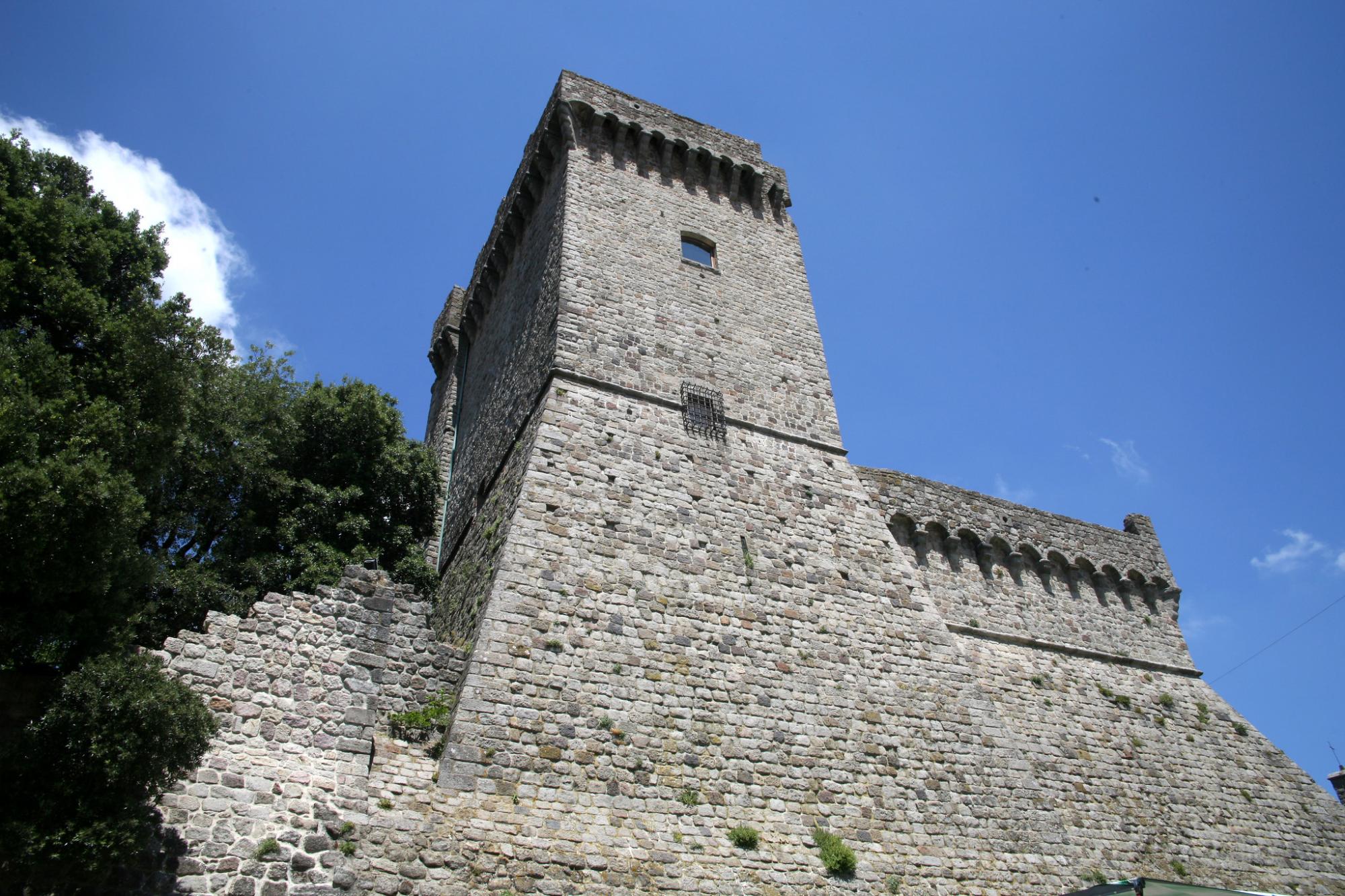
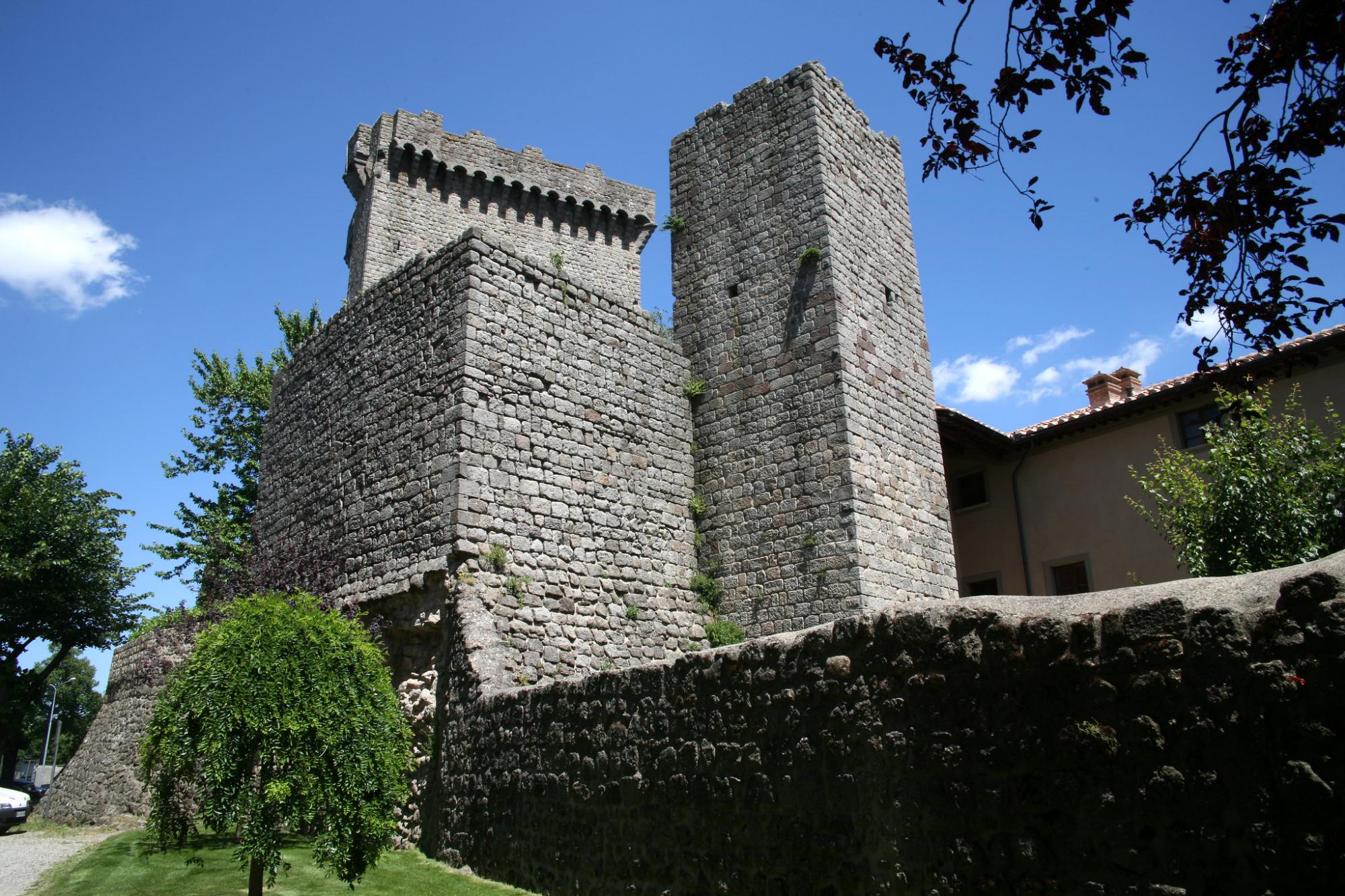
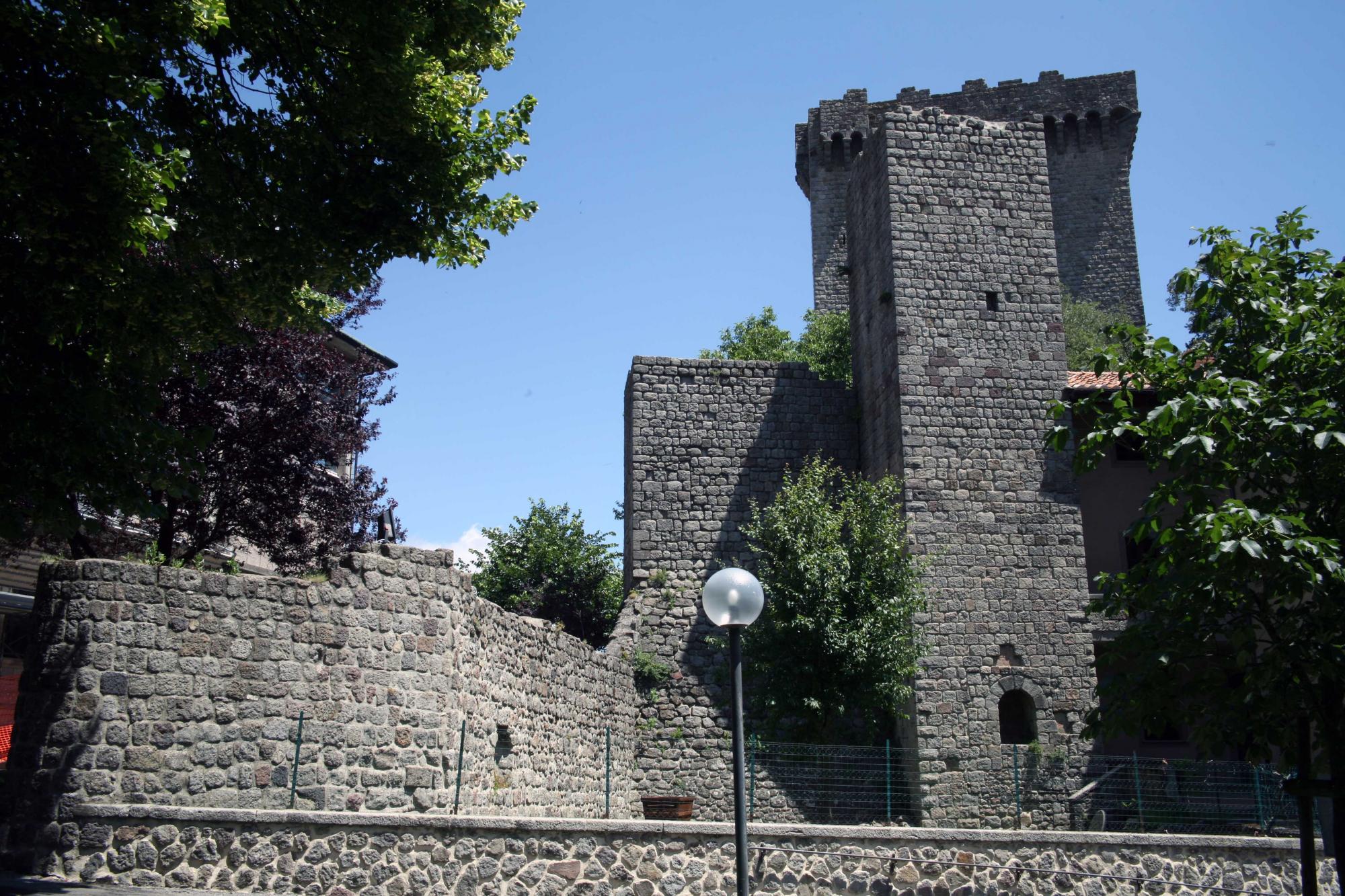
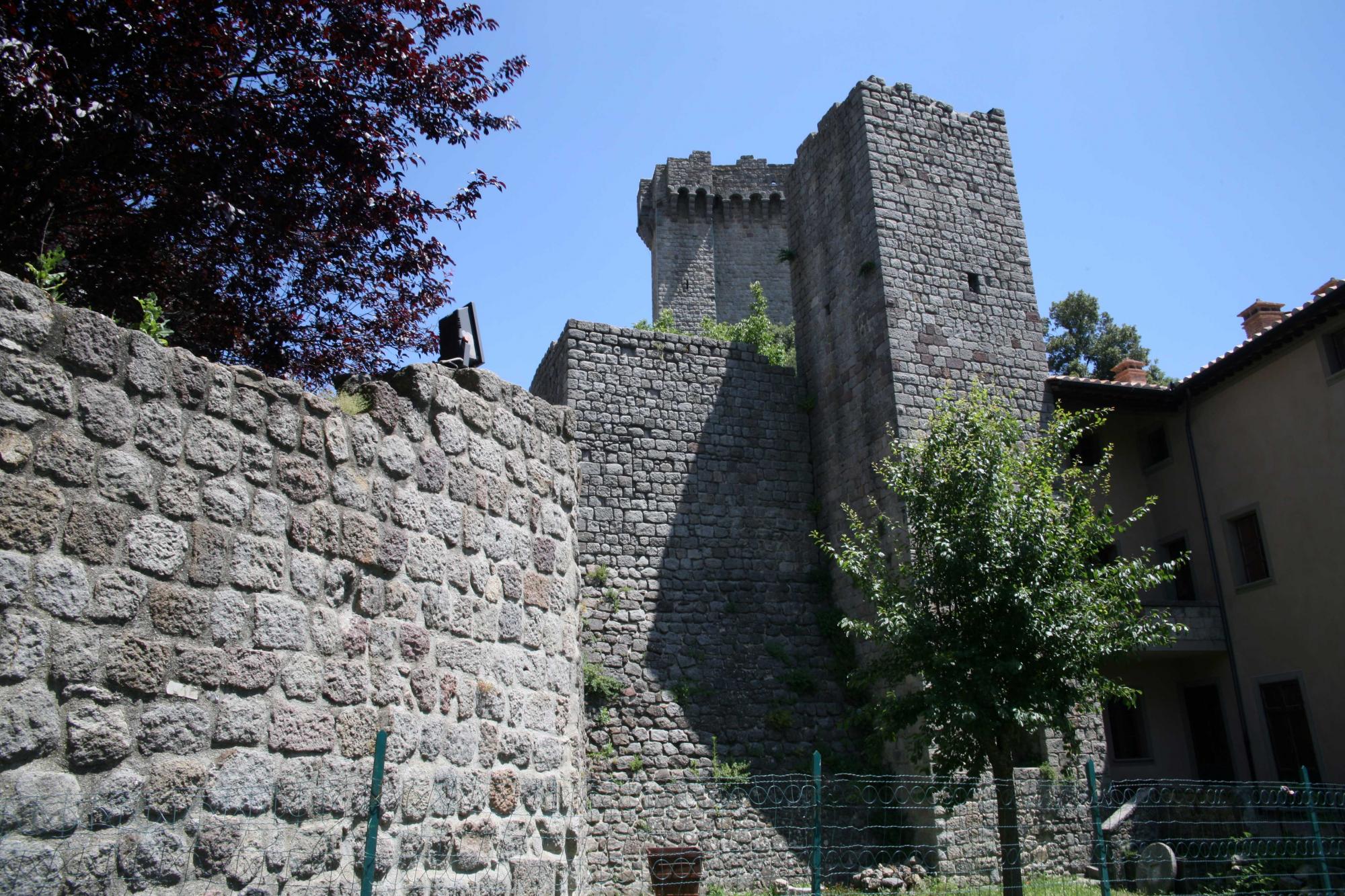
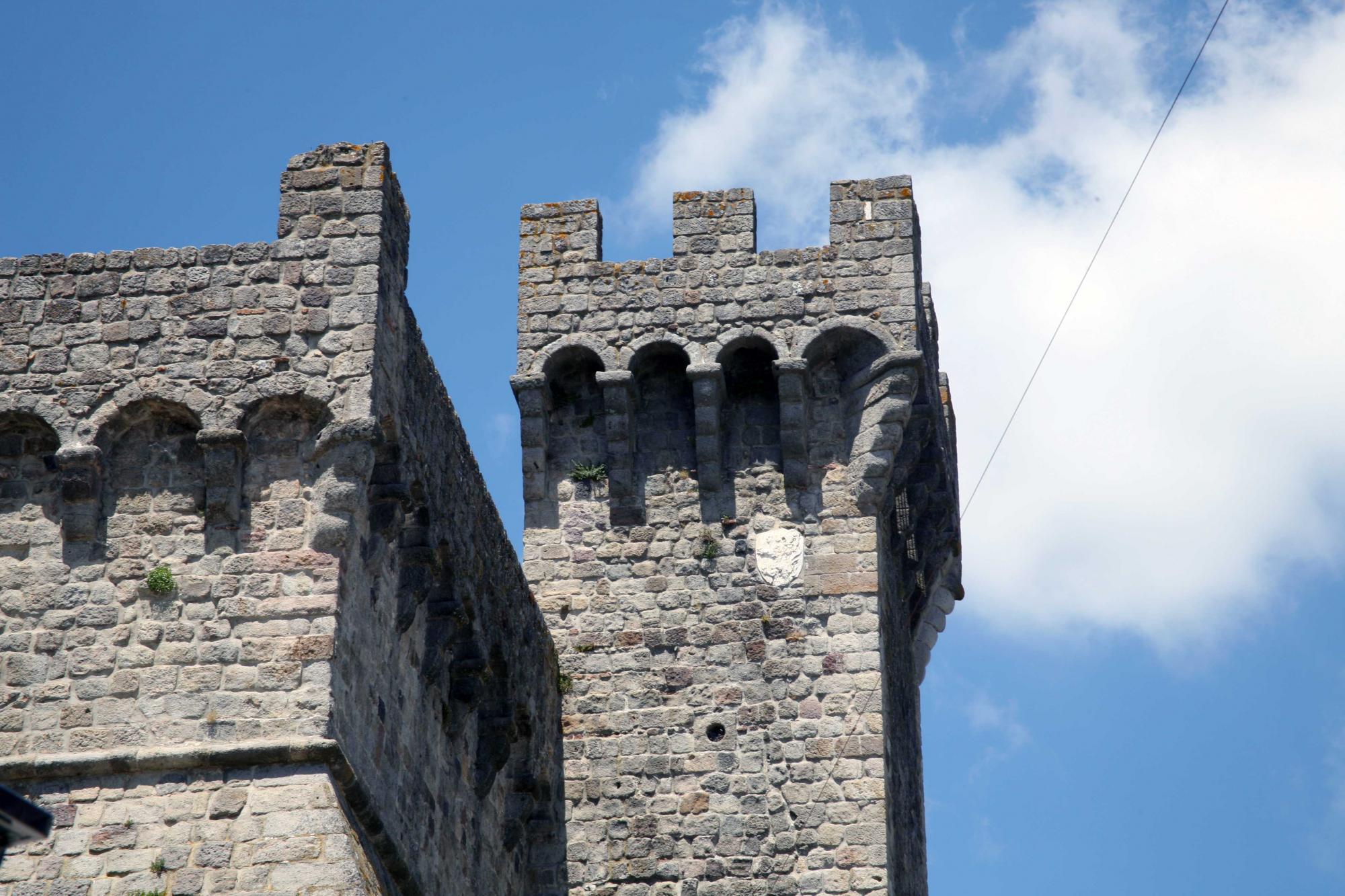
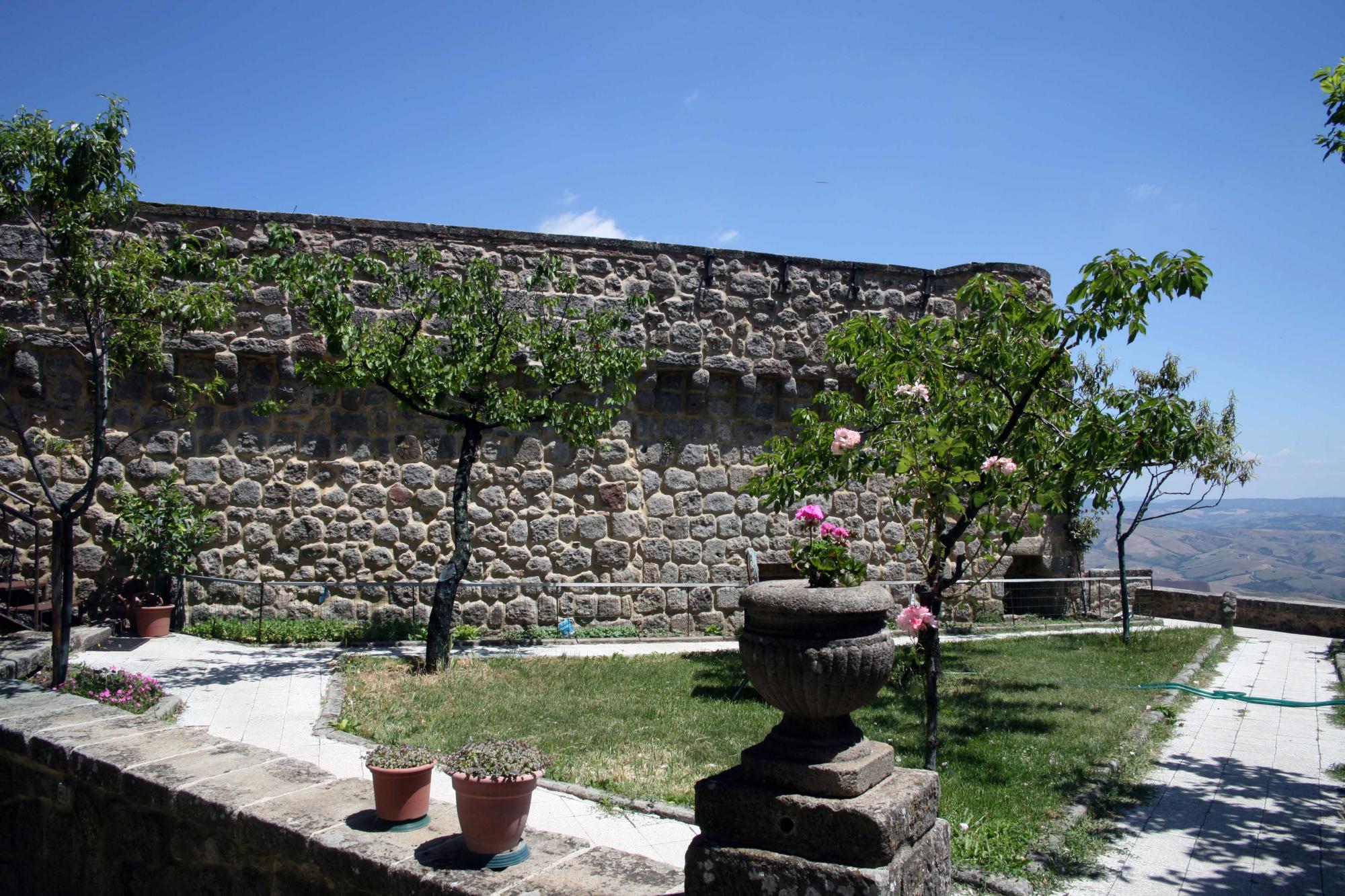
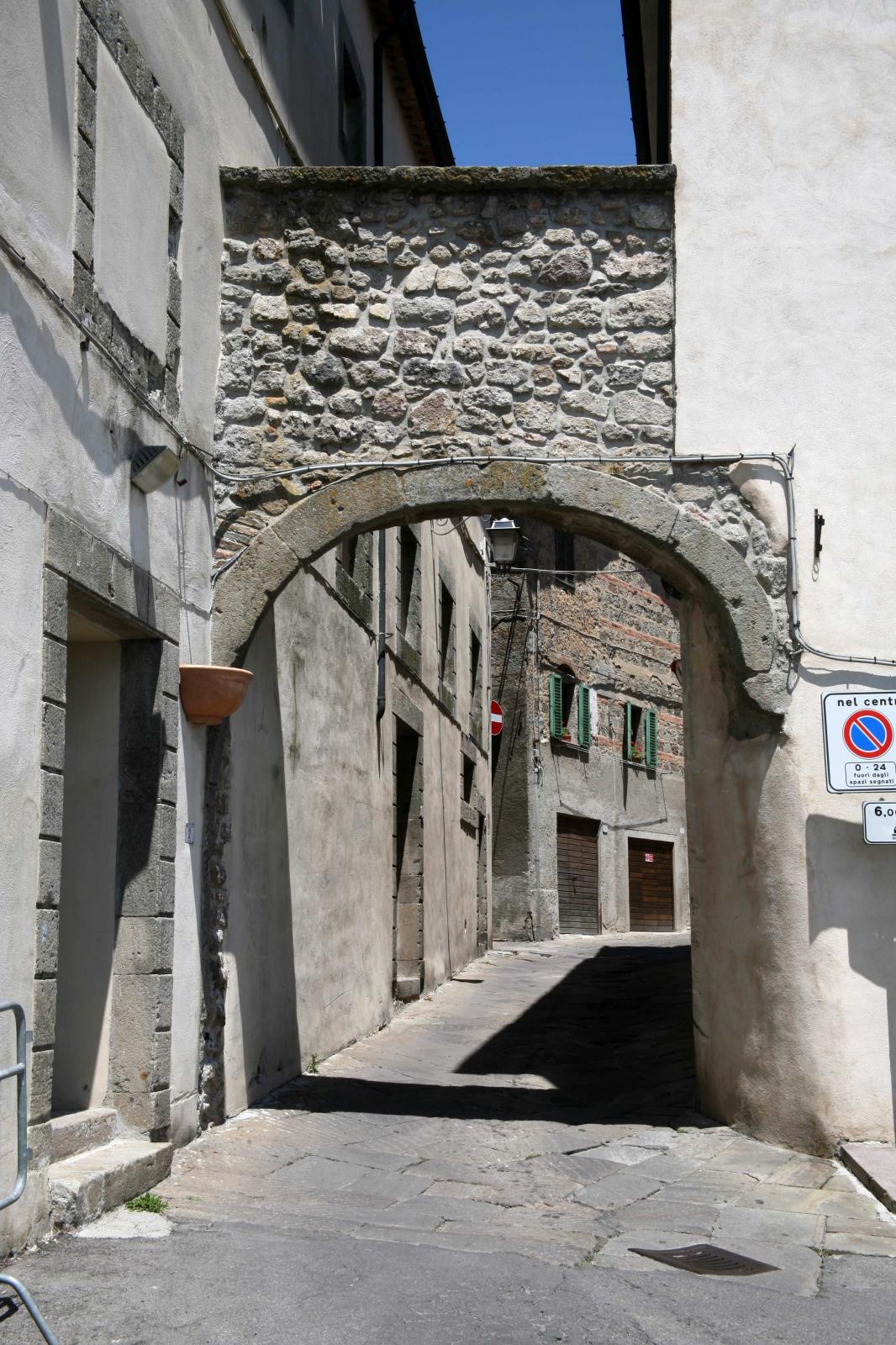









How to reach
Piancastagnaio rises on the slopes of Mount Amiata and can be reached following the Cassia road up to the alternative for Abbadia S.Salvatore/Vetta Amiata/Piancastagnaio.
History
Since the 11th century, the area of southern Tuscany around the castle of Piancastagnaio has been the object of the expansionist politics of the powerful feudal family of the Aldobrandeschi. The whole territory is rich in historical remains tied to these potentates. Between the possessions of the Aldobrandeschi, Piancastagnaio was almost always the site allotted to the noble family by the monks of the Abbey of S. Salvatore since the beginning of the year 1000. Subsequently, it was claimed by the Viscounts of Campiglia and during the 13th century, it became the object of ulterior disputes between the cities of Siena and Orvieto.
The Orvietani gained control of the powerful fortress in 1303 and maintained it for around fifty years. At this point, they entered into a quarrel with the heirs of the Aldobrandeschi, the Orsini of Pitigliano, to oppose the new aims of the Senese Republic. Only between the years 1415 and 1430 did Siena finally succeed in taking possession of Piancastagnaio, which was attached to the Capitanato of Radicofani. In the 17th century, the settlement became a Granducal fief and, finally, with the Leopoldine reforms, the chief town of the same community.
The country town has a circular form; it once had a surrounding wall enclosure with alternating square towers and four gates. The walls and the gates have been almost entirely demolished, with the exception of a few lines, three towers, two with a semicircular shape and the other squared, the main city Gate beside the Rocca and the other three minor Gates in the southern front of the walls: 'Porta Romana', 'Porticciola', and 'Porta di Voltaia'.
At the highest point of the inhabited area, still today, stands the mighty Rocca Aldobrandesca. The construction has a square form and is endowed with tall and strongly inclined walls. From the enclosure rise two towers, the greatest, either as thickest, having functions of Keep, the other, at the opposite angle, defending the underlying gate of access to the city. The whole complex was endowed with machicoulis and battlements and is still almost intact today. The Rocca is in good condition thanks to careful work of restoration.